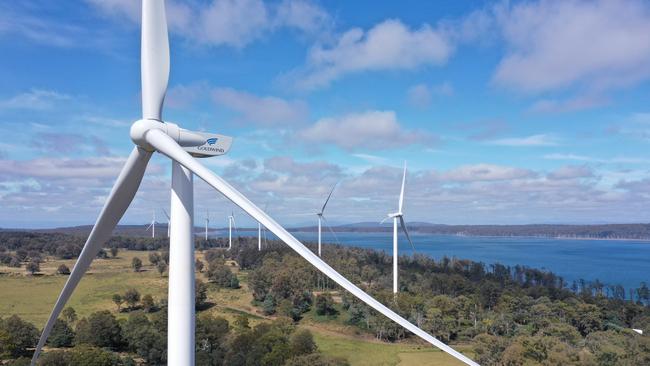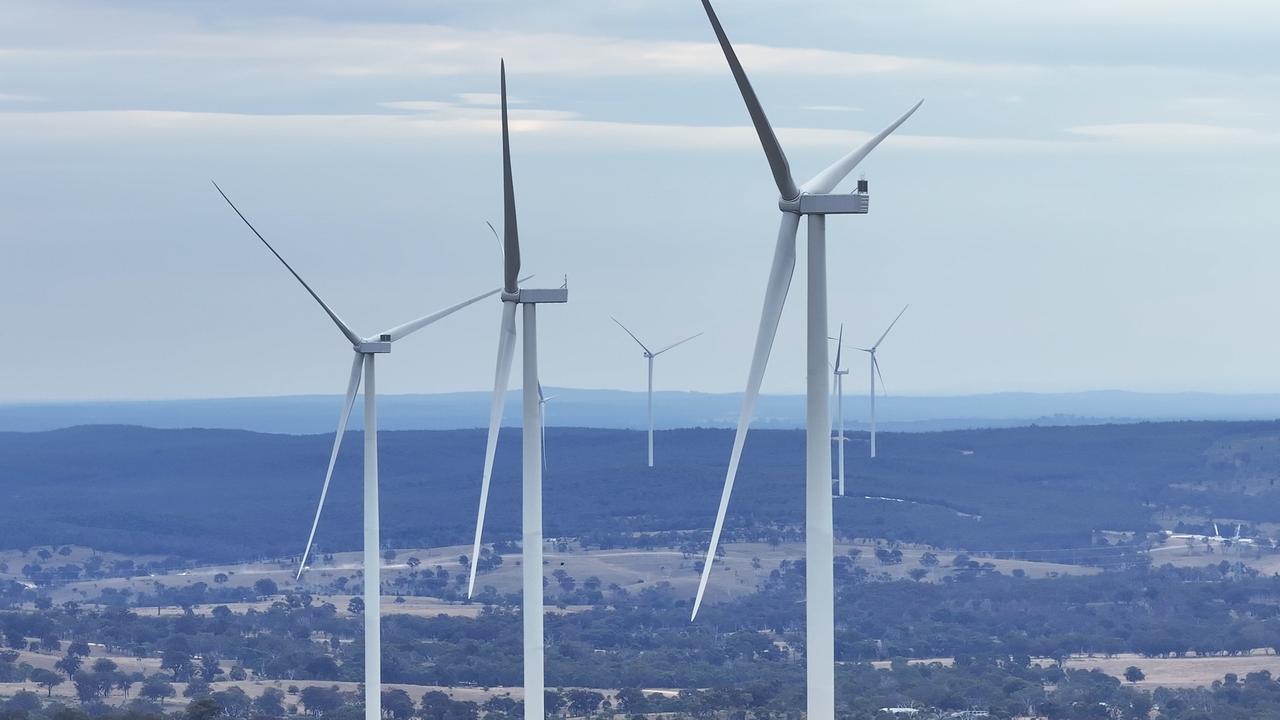Traders punting on corporate buying helping run up Australia’s carbon credit price
Ahead of this year’s federal election, carbon credit traders are taking speculative positions in the market.

Business
Don't miss out on the headlines from Business. Followed categories will be added to My News.
Speculative trading is helping push up the price of carbon credits in the Australian market as punters take positions ahead of this year’s federal election, and Australia’s biggest companies look for ways to meet self-set carbon reduction goals over the next few years.
The price of Australian Carbon Credit Units (ACCUs) more than doubled over the course of last year, and the Clean Energy Regulator recently flagged a 24 per cent lift in demand for ACCUs and other offsets traded on secondary markets over the last year as big carbon reduction promises from Australia’s corporate heavyweights flow into the market.
The federal government’s Emissions Reduction Fund, run by the Clean Energy Regulator, directly contracts for the purchase of ACCUs from carbon offset schemes such as revegetation on pastoral properties, energy efficiency projects run by big energy users and even promises by farmers to end or avoid land clearing.
The Emissions Reduction Fund has contracted to buy about 230 million tonnes of carbon abatement under the scheme for about $2.6bn, at an average cost of about $11 to $12 a tonne.
The latest figures from the Clean Energy Regulator, published in November, show that contracts for about $74.5m worth of ACCUs have been delivered.
But while the Clean Energy Regulator is the primary buyer of the credits, a large secondary market has emerged for ACCUs – partly driven by the federal government’s 2020 changes to the scheme to make delivery of carbon credits into the ERF voluntary, partly driven by demand from big corporations looking for ways to meet their own targets, and partly by speculative trading.
But over the last year the value of an ACCU has surged from around $15 – roughly in line with average prices being paid by the regulator – to more than $45 at the end of the year.
Tristan Edis, a market analyst at Green Energy Markets, told The Australian that trading on secondary markets was still relatively thin, but a clear trend in speculative trading had emerged, particularly in the wake of beefed-up global promises of global carbon reductions emissions flowing from November’s COP26 climate summit in Glasgow.
“The volumes are comparatively small and it’s mainly, I think, being fed by people who are speculating that there is going to be an increase in demand for ACCUs,” he said.
“There’s a bunch of people out there that are making a punt – and it’s sort of driven by the whole phenomenon of Biden and the COP feeding the net zero commitment for a variety of countries.”
The rise in ACCU prices was also being driven by the same factors that have pushed up the value of large-scale generation certificates (LGCs) produced for each megawatt of renewable power generated under Australia’s Renewable Energy Target system, Mr Edis said.
Under pressure from investors and the broader community, Australia’s biggest corporations have set new targets to reduce carbon emissions over the next decade. Fortescue Metals Group has set by far the most aggressive target, saying it will be net carbon neutral by 2030, dragging forward the plans of resources rivals such as Rio Tinto and BHP. Other major industrial emitters such as BlueScope Steel, Orica and Incitec Pivot have also advanced their own plans to reduce carbon emissions.
Analysts say offsets such as ACCUs bought on the market are likely to play some role in the plans of all major companies with hard-to-abate operations – such as steel mills, smelters, and the shipping of goods to international markets, helping spur speculative trading.
But Grattan Institute energy director Tony Wood said this year’s federal election could also be fuelling activity in the market.
Scott Morrison faced a pitched internal battle within the Coalition ahead of COP26 over whether Australia should adopt a net neutral target by 2050, but stuck to existing 26-28 per cent goals by 2030, and is largely relying on voluntary action by corporate Australia to beat those targets.
The Labor opposition of Anthony Albanese has set a target of 43 per cent reduction by 2030 – and even that is below the 46-50 per cent supported by corporate peak bodies such as the Business Council of Australia.
While Labor has effectively promised to use existing policy mechanisms to achieve its targets, Mr Wood said its policy of toughening up and enforcing requirements on facilities emitting 100,000 tonnes of carbon dioxide each year under the so-called “safeguard mechanism” could be helping to drive trading in ACCUs.
Labor has promised to improve the safeguard mechanism and will ensure “emission baselines reduce predictably and gradually over time”.
“If they did that they could draw a substantial demand for Australian climate change units,” Mr Wood said. “If Labor was elected those companies would have a liability under the new policy.”
While the markets for large-generation certificates and ACCUs are not linked – and the Morrison government has made it clear that it will not link them – LGCs were changing hands for about $42 at the end of 2021, roughly in line with the value of ACCUs.
Futures markets in LGCs had tipped a value below $20 in 2022, but – as with ACCUs – a voluntary market has sprung up around the corporate need for carbon offsets to meet their carbon reduction promises, lifting their value.
“You can see some dynamic here that could also explain why people are holding on to their LGCs, because they’re hoping that voluntary market might be a very lucrative place,” Mr Wood said.
According to the Clean Energy Regulator, there has been a 24 per cent lift in demand for ACCUs and certificates over the last year “as corporates and others take action to reduce emissions and help achieve net zero”.
The rise in the value of ACCUs could also open an arbitrage play on the delivery of carbon reductions already contracted within the Emissions Reduction Fund, analysts say.
About 155.5 million tonnes of carbon reduction contracts are yet to be delivered into the ERF, according to latest Clean Energy Fund figures.
The scheme includes a $12 a tonne “buyer’s market damage” penalty for failing to deliver, and defaulting projects would also forgo the average $12 a tonne payment for fulfilling the contract.
But if current ACCU pricing is sustained there is a handy $20 a tonne margin still available for defaulters, suggesting speculative trading is likely to define the market for some time to come.



